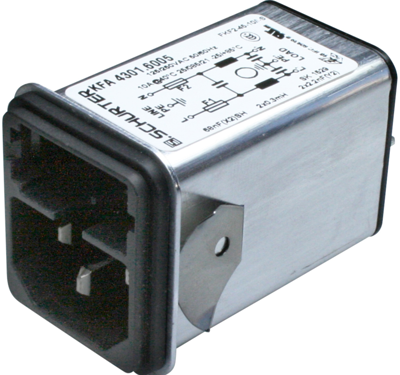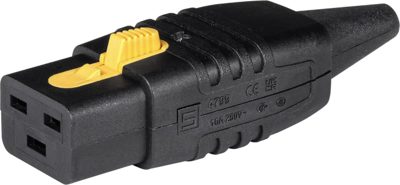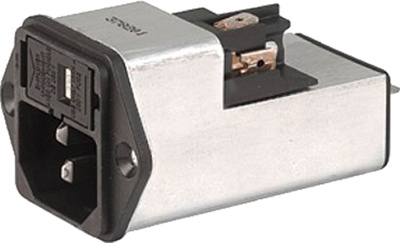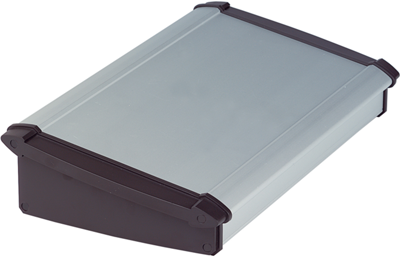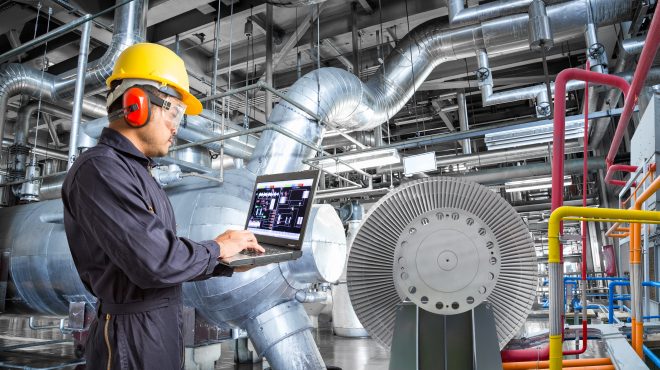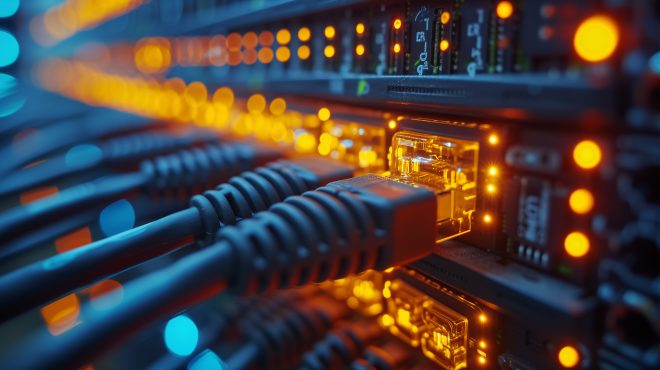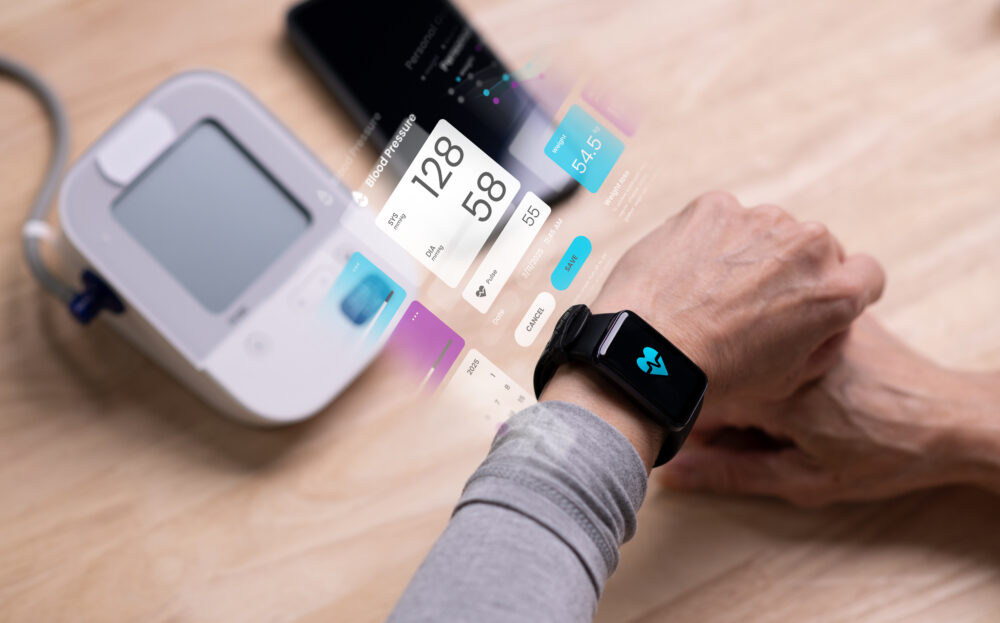
Precision for Health: Measurement technology in Medicine
Modern medical technology relies on maximum accuracy. And this starts with the right measurement technology. Sensors, data loggers, and analysis devices record in real time what is crucial for diagnosis, therapy, and patient monitoring. However, as requirements increase due to greater precision, complexity also grows. In this article, we show you how measurement technology is becoming a key technology in the healthcare sector and which components are in demand in detail.
Table of contents
- Where is measurement technology used in medicine?
- Requirements for measurement technology in medical technology
- Sensor technology and signal acquisition – the heart of measurement technology
- What are the specific challenges of measurement technology in medical engineering?
- Measurement technology meets digitalization: IoT and data logging
- Measurement technology as a lifesaver
Where is measurement technology used in medicine?
Whether in diagnostics, therapy, or monitoring: modern medical technology cannot function without precise measurement technology. High-quality products in this field ensure that medical devices work reliably—and that doctors, nursing staff, and patients can trust the accuracy of the readings.
The numerous applications show that measurement technology in medical technology is as versatile as it is indispensable. Depending on the area of application, components must meet the highest requirements, from miniaturization and reliability to medical approval.
Discover our measurement portfolio
Important areas of application at a glance
- Diagnostics: Blood pressure monitors, ECGs, ultrasound and analysis devices are based on sensitive sensor technology. They record vital data such as pulse, temperature or electrical signals – quickly, reliably and often in real time.
- Therapy: In infusion pumps, ventilators or dialysis machines, measurement technology regulates the exact dosage and monitors important parameters such as pressure, flow rate or oxygen saturation.
- Monitoring and patient surveillance: In hospitals, but also in home care, measurement systems provide continuous data. This allows conditions to be monitored and changes to be detected at an early stage—a crucial factor in emergency and intensive care medicine.
- Laboratory technology and research: In laboratories, samples are analyzed, liquids are precisely dosed, and process parameters are documented. In this area, measurement technology ensures accuracy and quality assurance and makes an important contribution to research into clinical pictures.
- Robotics and prosthetics: Sensors measure positions, movements, and forces – essential for precise motion control, for example in surgical robots or active prostheses.
Requirements for measurement technology in medical technology
Hardly any other field places such high demands on measurement technology as medical technology. The reason: when it comes to health or even life, every detail and every measured value counts. Components used in this field must therefore not only work precisely but also comply with strict regulatory requirements.
Reliability and accuracy are paramount. Sensors and measurement systems must deliver stable and absolutely reliable results even under continuous load. Deviations, delays, or failures can have serious consequences and must therefore be avoided at all costs.
Other key requirements:
- Miniaturization: Devices in medical technology are becoming increasingly compact—for example, for mobile applications or wearables. The measurement components must also be correspondingly space-saving.
- Safety standards: Compliance with international standards is mandatory—especially for systems that come into direct contact with patients.
- EMC compatibility: Measurement systems must be insensitive to electromagnetic interference, especially in the vicinity of other devices or imaging procedures.
- Material quality: Certain applications require biocompatible or sterilizable materials.
- Long-term stability: Components must work with consistent precision over long periods of use – even in the face of temperature fluctuations, humidity, or vibrations.
The combination of these factors makes it clear that measurement technology for medical applications is a highly sensitive area. This makes it all the more important to rely on proven components and specialized suppliers – such as those from Bürklin’s professional range.
Expert knowledge curated exclusively for you!
Would you like to delve deeper into specific topics such as miniaturization or EMC compatibility? Then we recommend the following blog posts:
Focus on Miniaturization: The smaller, the better
Sensor technology and signal acquisition – the heart of measurement technology
Whether diagnostic devices, ventilation systems, or laboratory automation: the basis of every medical measurement is reliable sensor technology. It forms the bridge between the analog world and digital evaluation systems. Precise decisions can only be made if the signals recorded are transmitted accurately, without interference, and in real time.
At the center of this are a wide variety of sensor types, tailored to the respective application:
- Pressure sensors: They measure, for example, airway pressure in ventilators or blood pressure using mobile measuring systems – often with extremely short response times.
- Temperature sensors: In incubators, dialysis machines, or diagnostic devices, they record temperature curves with high precision – with minimal energy consumption.
- Flow sensors: These so-called flow meters control the exact volumes of, for example, respiratory gases or blood flow per unit of time.
- Position and displacement sensors: They are used in medical technology, for example in surgical robots, motorized prostheses, or rehabilitation systems, where they enable precise control.
- Biopotential sensors: These special models record electrical signals from the body and provide the basis for meaningful diagnoses.
Many systems are also equipped with digital interfaces for seamless integration into modern IoT device architectures.
The Bürklin range offers developers a wide selection of sensors for medical applications, from standard solutions to specialized components for demanding areas of application:
What are the specific challenges of measurement technology in medical engineering?
In medical technology, the requirements for measurement technology are particularly high, and for good reason. After all, it is not just a matter of technical precision, but of the health and safety of people. Even under demanding conditions, every component, every measurement method, and every connection must function reliably.
Strict regulatory requirements
Device manufacturers must comply with a variety of standards and guidelines. In addition to the EU Medical Devices Regulation, ISO 13485 plays a central role. This standard defines requirements for quality management systems for manufacturers of medical devices. For measurement technology, this means that every component must be traceable, have documented performance data, and be tested at regular intervals. One example of this is laser-marked connectors with UDI codes.
High precision and repeatability
Measurements must be reproducible under identical conditions, without deviations that could influence diagnosis or therapy. This requires high-precision sensors, stable signal transmission, and measuring devices that operate consistently even during long operating times.
Miniaturization and integration
Modern medical technology is becoming increasingly compact. Wearables, portable diagnostic systems, and implantable devices require measurement technology that is small, energy-efficient, and yet powerful. Integration into compact designs often requires customized connectors and space-saving electronic components.
Data security and real-time capability
With the increasing networking of medical devices—from the operating room to the home care sector—the requirements for secure data transmission are growing. Measured values must be transmitted in real time and without loss, while at the same time protecting patient data from unauthorized access.
Hygiene and biocompatibility
Materials used in medical technology must not only be technically suitable but also meet strict hygiene requirements. Components such as connectors, cables, and housings must be able to be sterilized frequently without compromising their mechanical or electrical performance. In the case of implantable or patient-related components, strict biocompatibility requirements also play a central role.
Measurement technology meets digitalization: IoT and data logging
With the advance of digitalization, the role of measurement technology in medical technology is also undergoing fundamental change. Where individual measuring devices used to work in isolation, today a networked overall system is emerging – based on the Internet of Things (IoT).
The aim is not only to record measurement data selectively, but also to analyse it continuously, transmit it securely, and use it intelligently. Medical technology is subject to particularly high data protection and data security requirements. Encrypted transmission paths, secure interfaces, and certified hardware and software components are therefore a must.
Advantages of the IoT in medical technology
- Real-time monitoring: Sensor data is transmitted directly to central platforms – for example, to monitor vital parameters, device status, or environmental conditions in clean rooms.
- Data logging and long-term documentation: In the clinical environment in particular, measurement data must be documented without gaps – whether for the traceability of therapies or to meet regulatory requirements.
- Predictive analytics: Patterns can be identified by evaluating historical measurement data.
- Connection to other digital systems: Whether hospital information systems (HIS), telemedicine platforms, or apps for patients: digital integration enables new services, greater transparency, and more efficient care.
Reliable components are needed to implement such systems. These include sensors with digital interfaces, microcontrollers for preprocessing, communication modules for Bluetooth, Wi-Fi, or LPWAN, and powerful embedded systems. When purchasing, be sure to look for reputable manufacturer brands.
Discover our range of components for the use of IoT systems in medicine:
Measurement technology as a lifesaver
Precise measurement technology has become indispensable in modern medical technology. Whether for diagnosis, therapy monitoring, or laboratory analysis: reliable measurement data is the basis for sound decisions and safe processes. At the same time, requirements are growing. Digitalization, miniaturization, and networked systems present developers and manufacturers with new challenges.
Anyone who wants to operate successfully in this environment needs high-quality components that are not only technically impressive, but also compliant with standards, durable, and flexible in use.
Bürklin offers a wide range of sensors, connection solutions, and measurement technology components – ideal for use in demanding medical applications.

